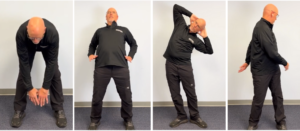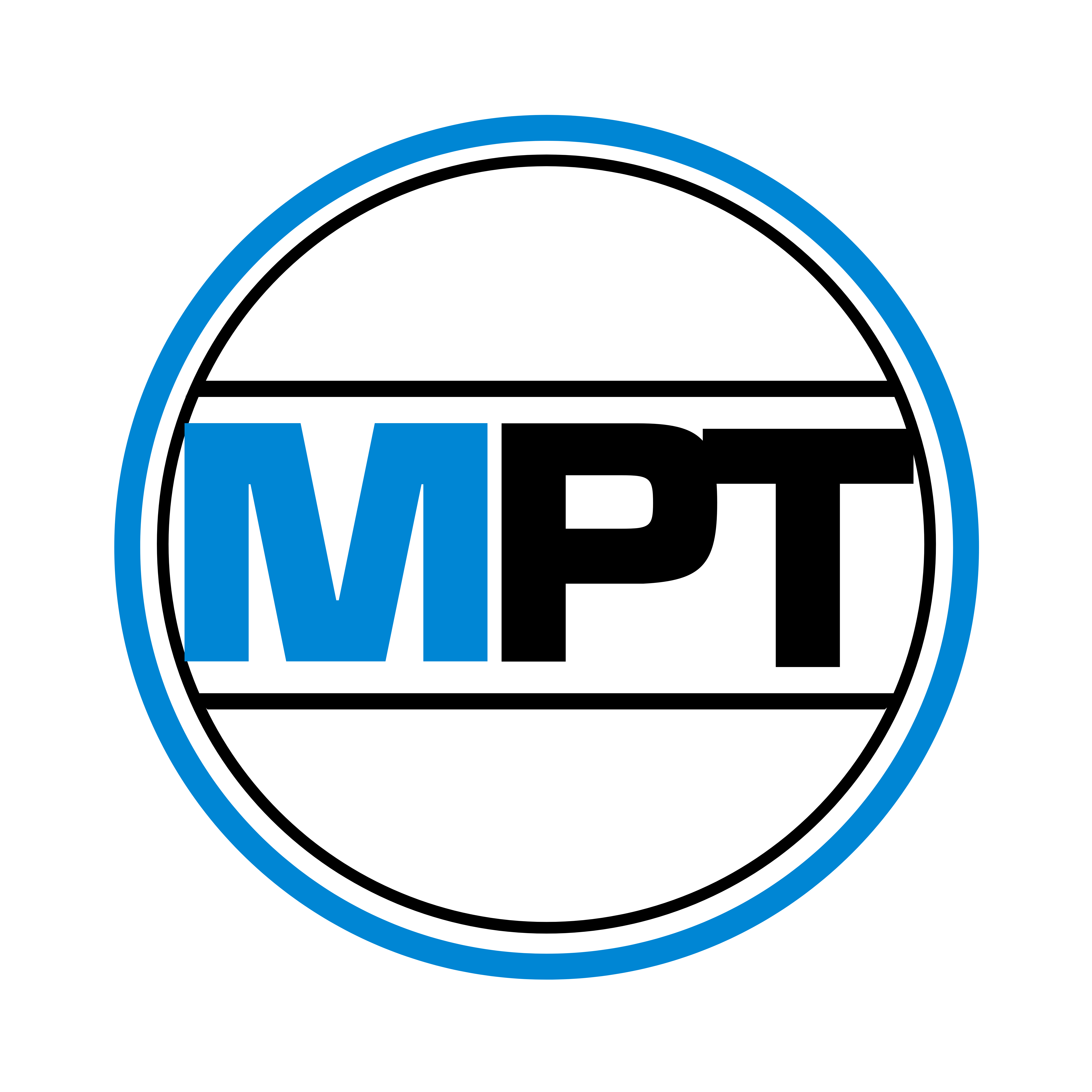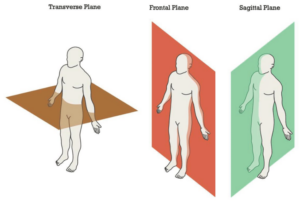Stretch-mas Day 1: Active Trunk Rotatation
Welcome to the 12 Days of Stretch-mas! Over the next 12 days, we’ll show you a series of stretches; by the end of this series, you’ll have a fully built mobility routine!
The stretch of the day is the active trunk stretch. This is a great way to quickly loosen up the muscles in the lower back. What makes this stretch special is that it works in all three planes of motion.
What are the planes of motion?
Simply put, if you were going to try to divide your body into equal halves, there would be three ways to do it:
1. Separating your left and right sides
2. Separating your front and back half
3. Separating your top and bottom half
These three divisions are known as the sagittal, frontal. and transverse planes of motion.
The Sagittal Plane
Splitting your body into the left and right halves is the sagittal plane. Movements in this plane would include squatting, jumping, bending, and reaching upwards.
The Frontal Plane
By dividing your body into front and back halves creates the frontal plane. Examples of movements in this plane are reaching to the side, spreading your feet apart, and stretching your neck side to side.
The Transverse Plane
Lastly, if you divide your body into top and bottom halves, this creates the transverse plane. Examples of movements in this plane include twisting, crossing your legs, or reaching your arm across your body.
Why does it matter?
Physical therapists use planes of motion to ensure you’re getting a well-rounded exercise program that will help you reduce pain and increase strength for anything you may need to do. For example, if you’re strengthening your knee, but only doing stretches in the sagittal plane (such as squatting, lunges, and step-ups), then you’re still going to struggle if you have to side-step or turn around since you haven’t trained your muscles to move that way.
Enough of the Anatomy talk… how do I do the stretch?
To start this stretch, stand tall with your feet shoulder width apart. Bring your hands towards the floor as you bend over. Continue bending until you feel a slight stretch in your back or legs, but don’t stretch so far that it causes pain. As you come back up, bend slightly behind your starting point to extend your back. Do this 10-15 times.
Next, stand with your heels touching. Your toes should be facing outwards at 45-degree angles. Interlock your hands behind your head, making sure to keep your elbows back. From here, bend to the side until you feel a slight stretch. Return to center, and bend to the opposite side. Repeat this 10-15 times.
Finally, stand with your feet shoulder width apart. Let your arms hang loosely at your sides. Rotate your hips side to side as much as comfortable, as if you are turning around to talk to someone. Repeat this 10-15 times on each side.

Visual learners can see a video tutorial at on our YouTube or Facebook.
Final Notes
For people who sit for long periods of time or struggle with back pain, this stretch is a great way to loosen up in less than 60 seconds. By adding this to your daily routine, you’ll notice feeling less and less stiffness in your back each day!
Ready for the next stretch? Come back tomorrow to learn about the 3-D hip stretch!

